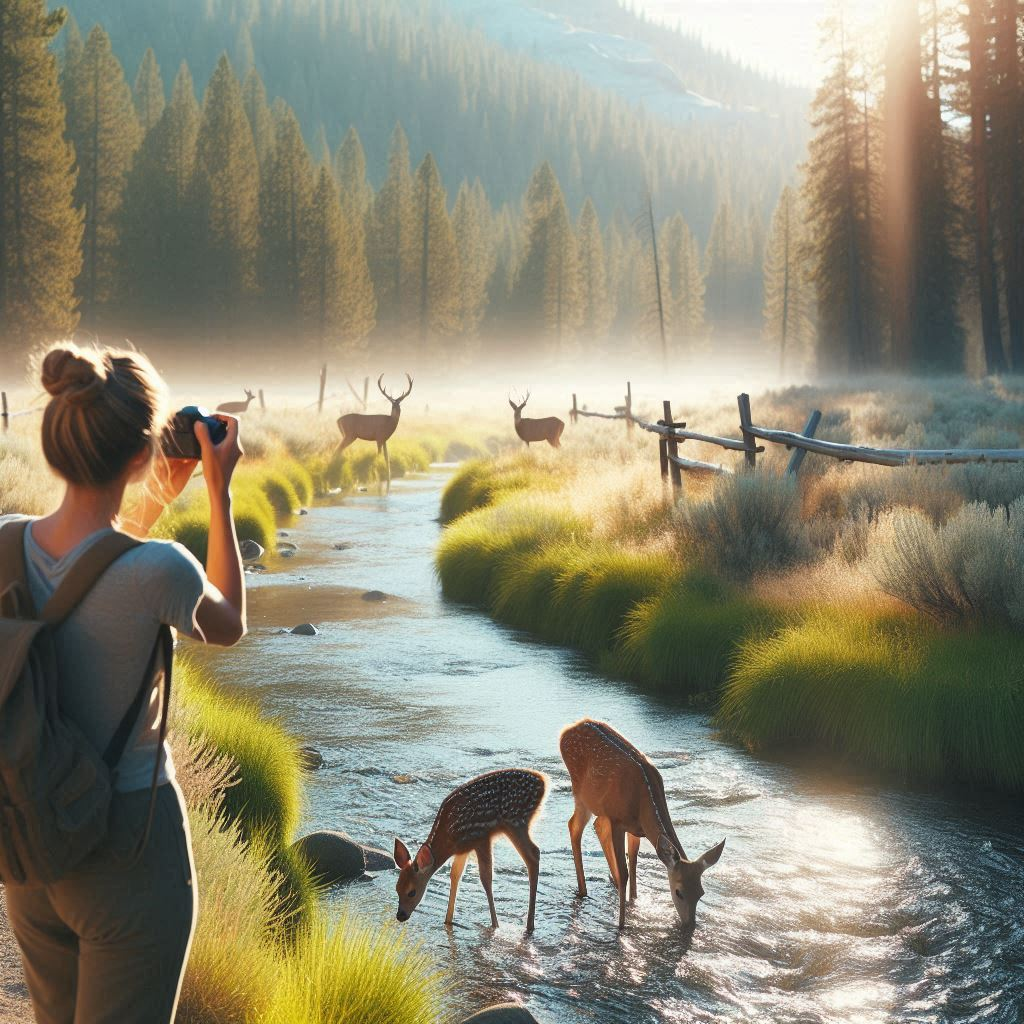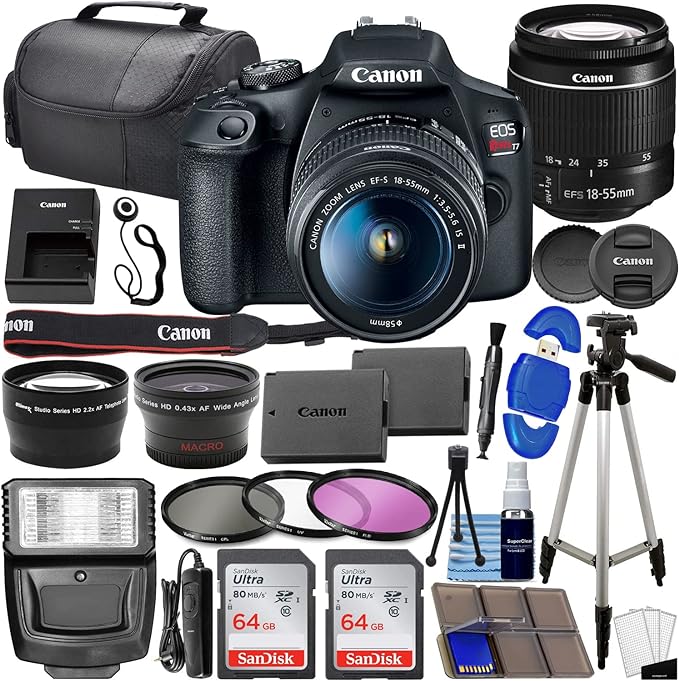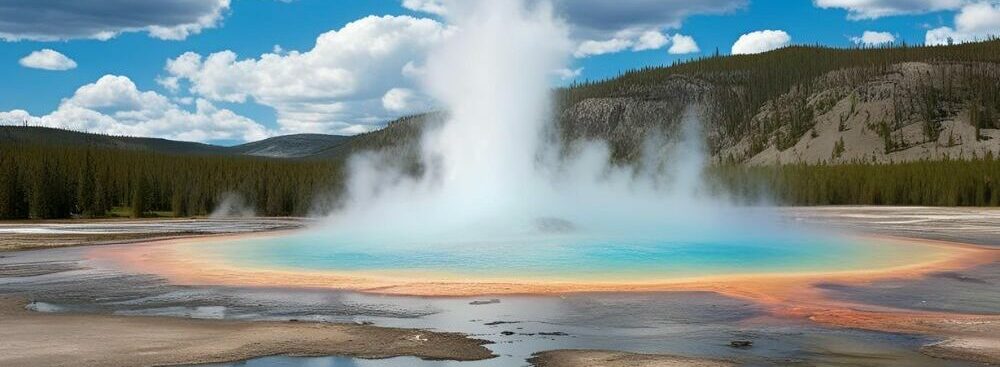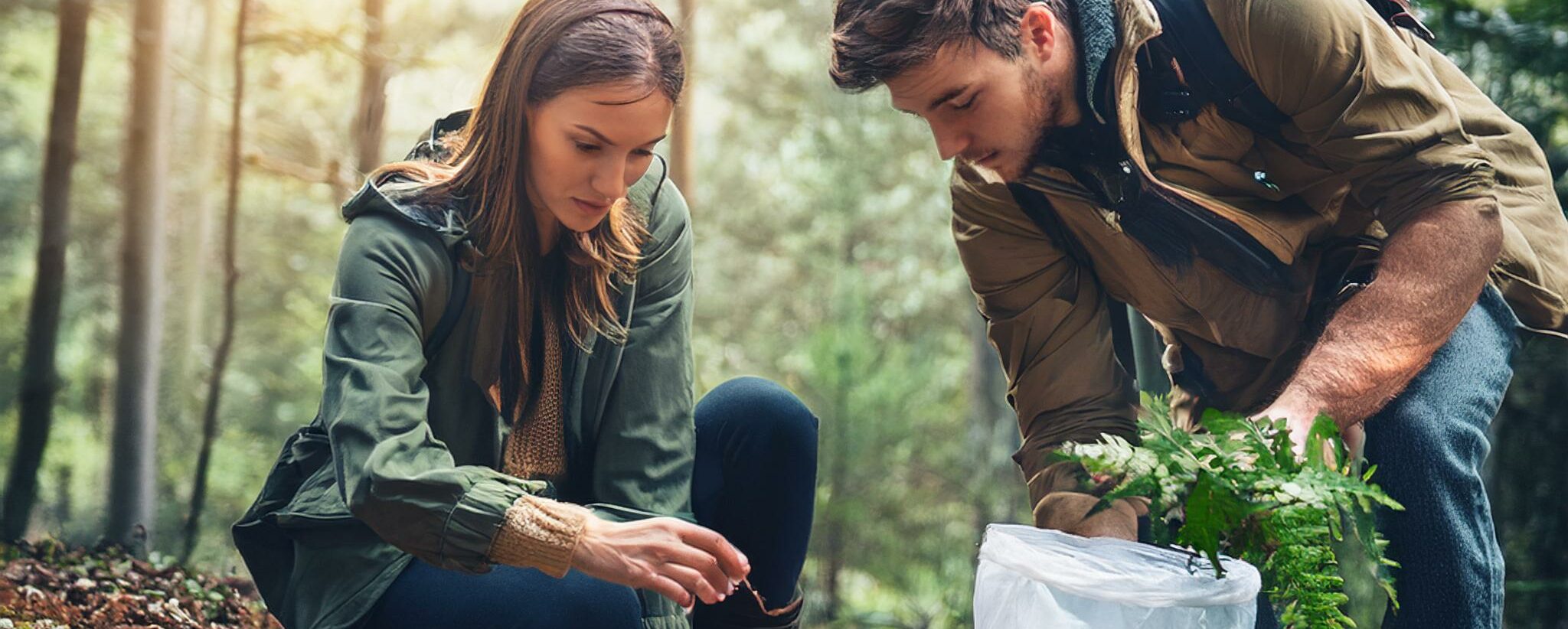I’m here to help you navigate the exciting world of hiking with a camera. This isn’t just about the physical trekking; it’s also about capturing the ephemeral beauty of nature through your lens. A camera allows you to preserve the moments that make each hike unique, from the way morning dew clings to a spiderweb to the expansive view atop a mountain peak.
When you combine the exploration of hiking with the artistry of photography, you create a harmonious blend that enriches both experiences. You’re going to find out about how this synergy not only improves your physical well-being but also sharpens your creative eye. Photography while hiking encourages you to pay more attention to your surroundings, often leading you to notice intricate details you might otherwise pass by.
You’ll learn how the mindful practice of photography amplifies the sense of connection to the stunning landscapes you traverse. This connection isn’t fleeting; it stays with you, preserved in every frame, ready to tell its story long after your boots have left the trail.
In the next section, we’re going to delve into the specifics of what gear you should pack. You can always adjust your approach down the road, but to start, we’ll focus on the essential camera equipment that balances the needs of both hiking and photography without weighing you down. Choose something that resonates with you—whether you’re an avid photographer looking to venture into hiking, or a seasoned hiker eager to document your journeys.
Packing Smart: Essential Camera Gear for the Trail
I’m here to help you figure out the vital camera equipment you’ll need when hitting the trails. Choosing the right camera and lenses is your first step. A DSLR or mirrorless camera is a solid choice, offering you flexibility and quality. However, don’t overlook compact cameras; they can be mighty and are often lighter to carry.
Next, let’s talk about protecting your gear. Weatherproofing is a must-have feature for your camera and lenses given that a sudden downpour can happen, or you might find yourself in a dusty environment. Invest in hardy camera cases and protective lens filters to shield your equipment from the elements.
You’ll want to consider stabilization. While a heavy-duty tripod might seem like a good idea, in reality, its weight can become a burden. Instead, look for lightweight, travel-friendly tripods. Alternatively, a monopod or string tripod can also provide stability without much weight.
Now onto the often-overlooked essentials: batteries and storage. Carry extra charged batteries, as colder weather can drain them faster than usual. Equally important is your memory storage. Multiple high-capacity memory cards should be on your packing list to ensure you never have to choose between your existing shots and a new breathtaking scene.
After securing all your gear, you’re all set to venture into the heart of nature and start shooting. Remember, you’re bringing back more than just photographs – you’re capturing memories. So, pack efficiently and prepare for anything the trail might throw your way!
Capturing the Moment: Techniques for Stunning Hiking Photography
I’m going to give you some tips that’ll help you capture the true essence of the great outdoors through your lens. This isn’t just about snapping pictures randomly; it’s about creating a photography strategy that matches the dynamic environment of a hike.
First up, you want to get acquainted with the natural lighting conditions. The golden hours, right after sunrise and just before sunset, are your best friends for landscapes. This light is soft, diffused, and warm, adding a magical touch to your images. But don’t worry too much about sticking only to these times; sometimes, midday sun can cast dramatic shadows that tell a story all their own.
Now, what about composing your shot? There are some basic rules like the rule of thirds, leading lines, and framing that can significantly enhance your photos. When you frame that majestic mountain peak just right, using the environment around it to guide the viewer’s eye, you’re going to feel a sense of achievement that’s hard to beat.

Now, if you’re hoping to include wildlife photography in your repertoire, patience is key. Animals won’t always show up on cue, but when they do, a quick shutter speed and a silent approach can yield a breathtaking snapshot of nature in action.
In my opinion, the least intrusive way to capture flora is with a macro lens, allowing you to get close-up shots without trampling over sensitive vegetation. Choose something that resonates with you, whether that’s the texture of tree bark or the intricate design of a leaf. Remember, it’s important to preserve the very scenes you’re trying to immortalize.
Lastly, always be prepared to adapt. The weather can change quickly, and the perfect shot often comes unannounced. Your adaptability on the trail is just as vital as the gear you carry. A lot is happening very quickly in the wild, and your ability to capture that is what will set your photos apart.
Preserving Nature: Responsible Photography Ethics in the Wilderness
I’m here to help you with your footprint – not the one you leave on the trail, but the one you leave on the ecosystem. When you’re out in the wild with your camera, it’s more than capturing shots; it’s about preserving the very scenes you’re immortalizing. ‘Leave No Trace’ principles aren’t just for campers; they’re critical for photographers too.
There are only a handful of companies I recommend for learning more about photography. A company called PhotoWhoa is one of them. They have a very large selection of classes and if you join as a Plus member for just $9.00 a month, you get a ton of free classes plus 20% off all the rest of their programs.
Below is a short video that explains PhotoWhoa in more detail:
Now what does minimizing impact mean for you, the photographer? It means staying on marked trails to protect fragile off-trail ecosystems. Every step off the path can damage plant life that might take years to recover. Remember, capturing nature’s beauty shouldn’t come at its expense.
If you’re eager to photograph wildlife, do so responsibly. Keep a safe distance – not just for your safety, but to prevent stressing the animals. Animals stressed by human proximity may change their behavior in ways that can be harmful to them or their habitat. Use your zoom lens instead of your feet to get that close-up.
Just for fun, I just had to include the picture below. I had a moose charge at me once and it was not fun, believe me. Please DO keep a safe distance from wildlife…especially moose and bears!

And for the communities we visit? Show them the same respect you show the wilderness. That includes understanding the cultural significance of the places you’re photographing, seeking permission when photographing people, and ensuring your presence is as unobtrusive as possible.
Lastly, I really hope that you share your photographs with the world. They have the power to inspire others to appreciate and protect nature. Show the raw, unedited beauty of the landscapes and the stories they tell. Let your images speak to the importance of conservation and the responsibility we all share in protecting these precious spaces for future generations.
As an Amazon Associate I earn from qualifying purchases.






